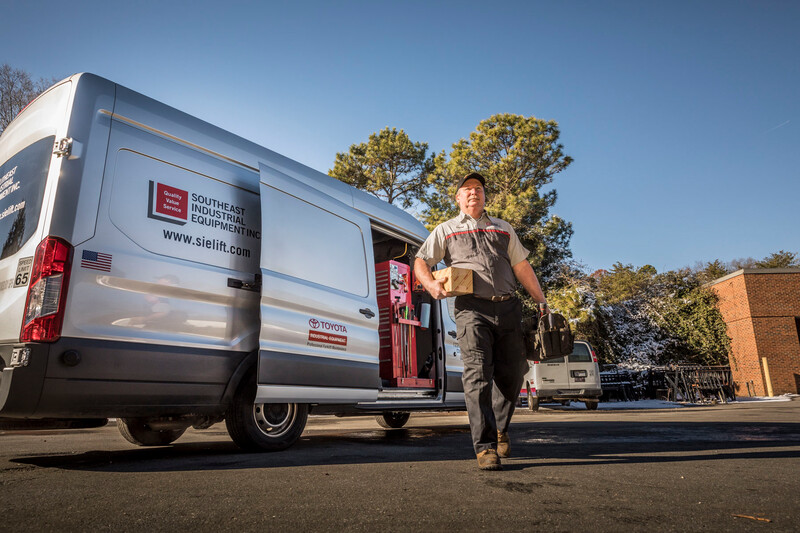The material handling industry is continuously evolving, driven by advancements in technology, shifts in consumer behavior, and the growing demand for sustainability. As we approach 2025, businesses are poised to adopt innovative strategies to remain competitive and efficient. Here are the top trends shaping the future of material handling.
1. Automation and Robotics
Automation continues to dominate the material handling landscape, with robotics playing a pivotal role. Warehouses and distribution centers are increasingly adopting automated guided vehicles (AGVs), autonomous mobile robots (AMRs), and robotic arms for tasks like picking, packing, and palletizing. These technologies enhance productivity, reduce labor costs, and minimize errors, enabling businesses to meet rising demands more effectively.
2. Artificial Intelligence and Machine Learning
AI and machine learning are revolutionizing material handling by enabling smarter decision-making. Predictive analytics helps businesses anticipate demand, optimize inventory levels, and streamline supply chain operations. AI-powered robots can also adapt to dynamic environments, making them more efficient in handling diverse tasks.
3. Sustainability and Eco-Friendly Practices
Sustainability is no longer optional—it’s a necessity. Material handling companies are prioritizing eco-friendly practices, such as using electric forklifts, energy-efficient equipment, and recyclable packaging materials. Businesses are also adopting green warehouse designs, incorporating solar energy, and reducing carbon footprints to align with global sustainability goals.
4. The Rise of Micro-Fulfillment Centers
As e-commerce continues to grow, so does the demand for faster delivery. Micro-fulfillment centers—small-scale, localized facilities—are becoming a popular solution. These centers rely on advanced material handling systems to optimize space and ensure rapid order processing, catering to the increasing need for same-day or next-day delivery.
5. IoT and Connected Devices
The Internet of Things (IoT) is transforming material handling by providing real-time visibility into operations. Connected devices, such as smart sensors and tracking systems, allow businesses to monitor equipment performance, track inventory, and identify bottlenecks. This data-driven approach improves operational efficiency and reduces downtime.
Conclusion
The material handling industry is at the forefront of innovation, embracing cutting-edge technologies and sustainable practices to meet the demands of a fast-paced world. By staying ahead of these trends, businesses can improve efficiency, reduce costs, and enhance customer satisfaction. As 2025 approaches, it’s clear that the future of material handling is smarter, greener, and more adaptable than ever.









